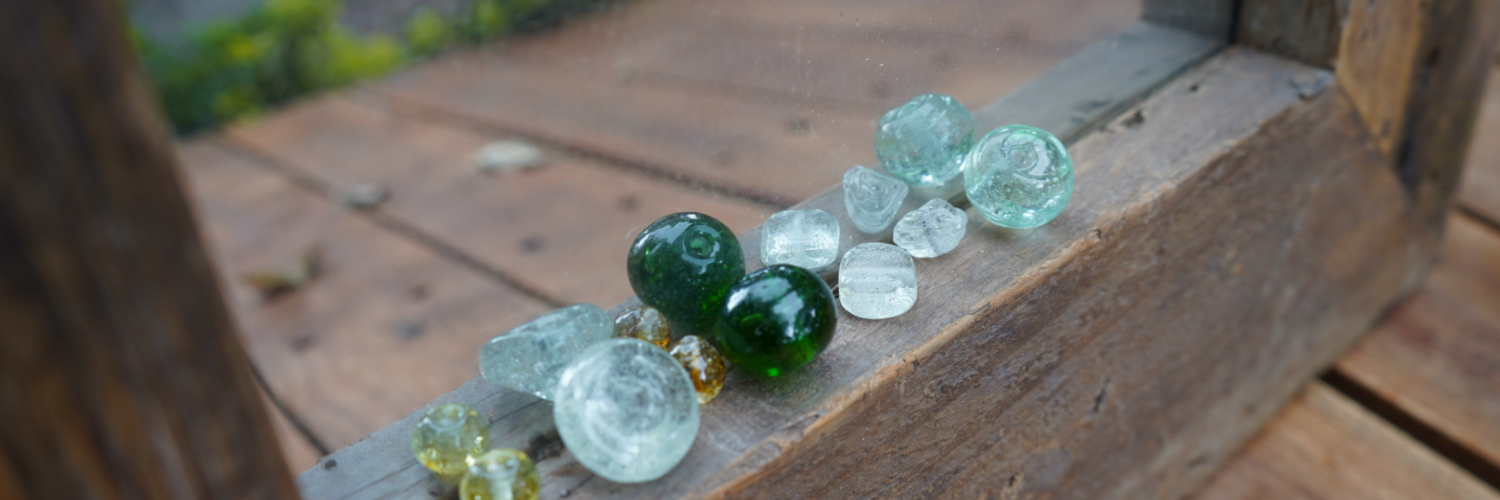As I delve into the world of human-centered design through the lens of Mark Kamau, I am immediately struck by his passion for creating solutions that genuinely serve people's aspirations. Mark's approach is refreshingly different – he doesn't design solutions for people; he designs them with people. It's a philosophy that puts the needs, desires, and dreams of individuals at the forefront.
One of the remarkable projects that Mark embarked upon involved working with communities to upgrade their skills, so they could tap into international markets. Initially, it seemed like the challenge lay in enhancing the communities' abilities. However, as they delved deeper into the research, they unearthed a surprising revelation – these communities were already highly skilled and actively producing goods for international markets.
 Women sisal weaving.
Women sisal weaving.
An eye-opening example was when someone brought a Giorgio Armani sample to the community for production. Despite their exceptional skills, they remained impoverished. The root of the problem was a communication gap. The intermediary who secured the contract with Giorgio Armani acted as a gatekeeper, preventing direct contact with the client. Consequently, the terms of work were dictated by the middle company. This skewed the balance of power and left the community without fair compensation for their materials and labor.
The sampling process was particularly harrowing. It entailed a week of labor, purchasing materials, and offering the designer no compensation. Even worse, once a sample was selected, there was no agreement on payment terms. Shockingly, some designers had to endure three years without pay. The situation was dire and unfair.
To gain a deeper understanding, Mark reached out to 80 companies that claimed to work with local artisans. His inquiry revealed that none of them were willing to share the contacts of the communities they collaborated with. It became evident that these companies sought to control and exploit these communities, keeping them perpetually hungry for work.
Armed with these insights, Mark and the communities started envisioning an ideal scenario. Predictability was a key element they desired – the ability to live with dignity, secure fair income, and maintain reasonable working hours. The result was a revolutionary system that allowed communities to predict the time, materials, workforce, and compensation required for each product. A simple Excel-based template with macros made it easy for both the client and the community to understand the process. Contracts and briefings became straightforward and transparent.
However, the most significant breakthrough was in the sampling process, which was now appropriately compensated. The time it takes to create an artisan's masterpiece is determined by the client's needs and deadlines. These changes were made not only in the interest of the client but also to ensure fairness for the community. This harmonious collaboration was the birth of the Opportunity Factory platform.  Maasai women in lesos
Maasai women in lesos
The Opportunity Factory didn't just aim to make communities visible globally; it also empowered them to choose who they wanted to work for and with. While other initiatives exist, the Opportunity Factory's distinctive approach involves the community every step of the way, ensuring a process that centers the artisans.
In conclusion, Mark Kamau's journey exemplifies the power of human-centered design in transforming communities and creating a fair, dignified future. His commitment to working with people, rather than for them, is a testament to the profound change that can be achieved through collaboration, empathy, and innovation.








